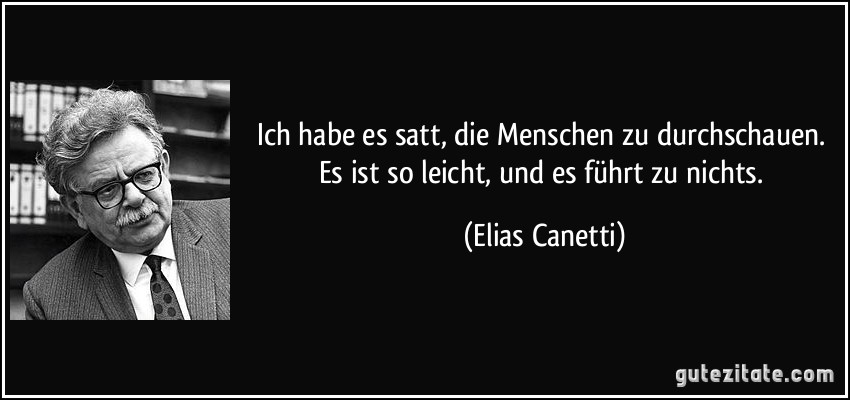1) German sentence contains something that is called a “frame” (der Rahmen). That frame consists of 2 parts. The first part is the Verb that corresponds with the Subject, while the second part is something that is grammatically or logically very important to that Verb. Those other very important parts of the frame we can call “Ergänzungen” (E) and they are usually placed at the end of the sentence.
Example: Sie ist sehr schön. Er ist spät angekommen.
2) “E” are so important that if you remove them, the sentence will not be correct any more:
Example: *Sie ist sehr schön. Er ist spät angekommen.
3) On the other hand, there are parts of the sentence that are not very important to the Verb and they are called “Angaben” (A). They can be removed without making the sentence incorrect:
Example: Er wohnt (seit Oktober) in Berlin. In this sentence “seit Oktober” ist “A”, while “in Berlin” is “E”. This is logical because “wohnen” is a verb which is related to “a place”, thus, it is much more important to provide the local (where?) than the temporal (when?) information.
4) There is a general rule: “A” always come before “E”:
Examples: Wir machen (am Sonntag) einen Ausflug.
5) If there are A for time (When?) (TE) , for the reason (Why?) (KA), for the way something is done (How?) (MO) and place (Where?) (LO) in the same sentence, this is the order in which they should appear: TE – KA – MO – LO.
Examples: Ich fahre (oft) (mit dem Bus); Ich fahre (oft) (in die Schule); Ich fahre (oft) (deswegen) (mit dem Bus) (in die Schule).
6) Among A there is another general rule: Adverb always comes BEFORE a prepositional group:
Example: Sie arbeitet (dort) (seit zehn Jahren).
7) The “wie/als + noun” group is always placed behind the second part of the frame:
Example: Du hast dich benommen wie ein Kleinkind.
8) Dative-Object (DO) comes always before TA:
Example: Er leihte ihm (manchmal) das Fahrrad.
9) DO comes always BEFORE Accusative-Object (AO):
Example: Der Schüler gibt der Lehrerin das Heft.
10) Pronoun comes always BEFORE a noun (There is a general rule:„KURZ“ vor „LANG“ or: short stuff comes before the long stuff):
Example: Der Schüler gibt ihr das Heft.
11) If both are pronouns, then AO comes before DO:
Example: der Schüler gibt es ihr.
9) “Indefinite article / null article + noun” is always placed at the end of the sentence:
Example: Ich schenke das Buch einem Kind.
10) “Preposition + noun” is also placed at the end of the sentence:
Example: Er bedankt sich herzlich bei dem Freund. Sie verbringen den Sommer an der Donau.
If you wish to find out where to place NICHT in a German sentence click here.
Sources:
1. Институт за стране језике: Граматика немачког језика за основну школу, Завод за уџбенике и наставна средства, Београд, 1989
2. Helbig-Buscha: Deutsche Grammatik
3. Hueber Verlag: Übungsgrammatik für die Mittelstufe





